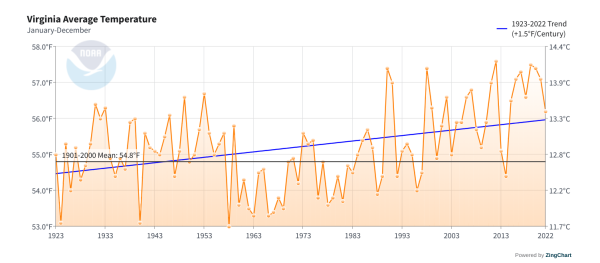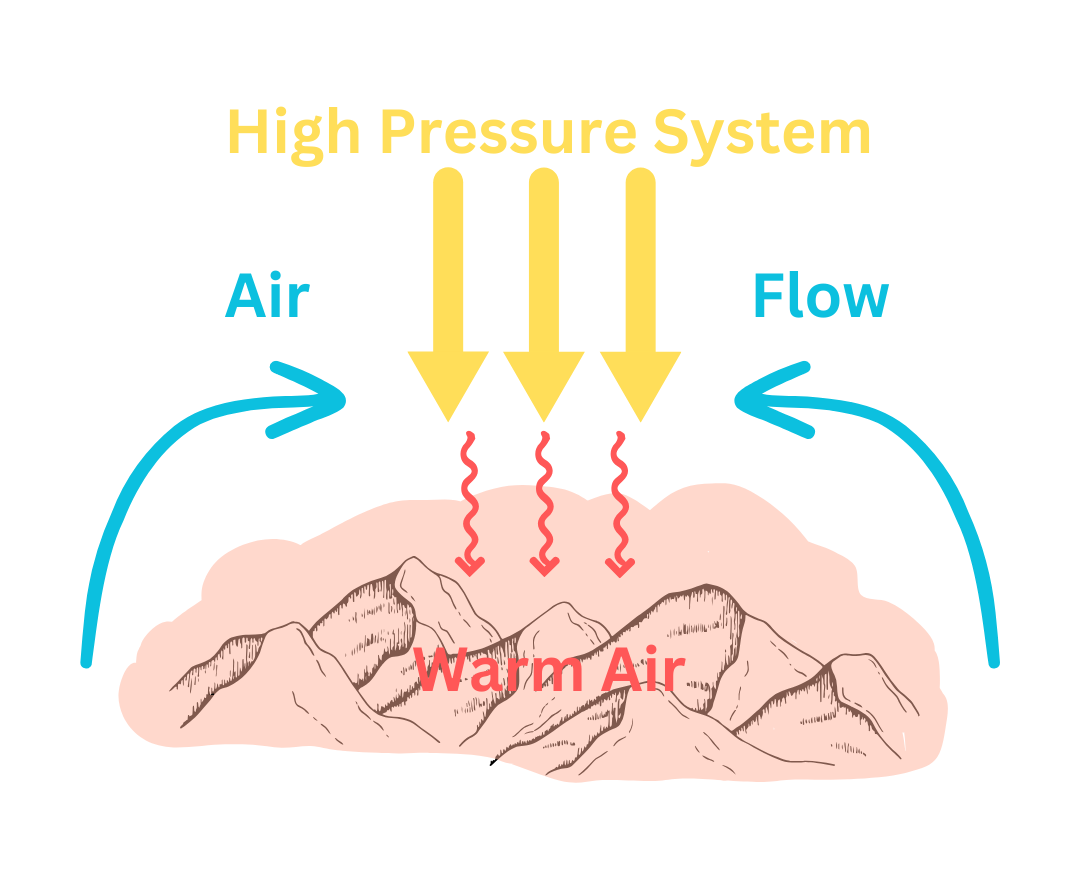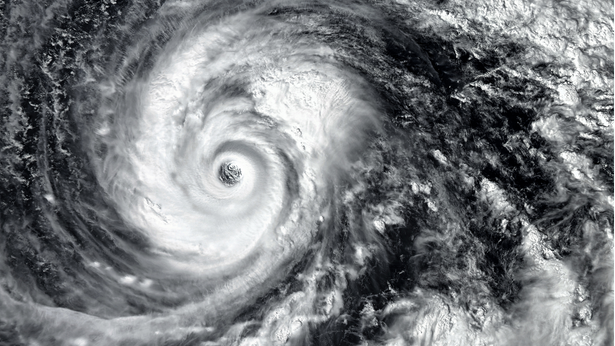Anyone who has been within the United States these past few months may have noticed the sudden increase of temperatures country-wide recently, categorized as heatwaves. Although these temperatures seem to have come from nowhere, there are numerous climate factors, which have been worsening the effects of these, such as the current El Niño. In addition, anthropogenic climate change has begun to increase the frequency of these heat waves events through global warming. However, how does this affect the current El Niño? What even is a heatwave?
What are El Niño events & heatwaves?
Although the name translates to “the boy” in Spanish, this El Niño event is anything but human! These events are caused by weather patterns, specifically those within the Pacific Ocean, around the equator. According to NASA, when warm temperatures accumulate along the equator, the temperature then spreads worldwide, which is essentially the El Niño event. However, heat waves occur when there are discrepancies within the Jet Stream, specifically around high and low pressure systems. Small blockages, or abnormal temperature change can affect the flow of the stream, keeping a certain temperature or weather condition within an area for a prolonged amount of time. According to Noboro Nakamura, an atmospheric scientist at the University of Chicago, Heatwaves are normally caused when a high pressure system is pushed down towards the surface of the planet, allowing for a larger amount of sunlight to pass through, due to lack of filter.
How is anthropogenic climate change involved?
Although anthropogenic climate change, human-caused climate change, seems to be involved with almost every aspect of daily life ,as it is especially influential on the climate system of the Earth. In terms of the El Niño, although this is a naturally occurring aspect of climate change, anthropogenic climate change has been increasing the temperatures caused by them. For example, in the 80’s, the temperature of one hundred degrees fahrenheit was considered “catastrophic”. However, within the present, the same temperatures are on the normal-high end of the spectrum. In relation to heatwaves, these higher temperatures are creating an increase of discrepancies within the Jet Stream. This is due to the fact that warm and cold extremes of temperature, which create the steady airflow of the Jet Stream, are too close in temperature. An increase of discrepancies within the systems means an increase in other discrepancy-related events, including heat waves.
Expectations for the future
Within the Oakton Community, students can expect some changes within their daily lives, whether it be from the El Niño, anthropogenic climate change, or both. Due to the current El Niño event, there can be an expected increase in humidity, rainfall, etc. This is due to increased evaporation, which increases the amount of water vapor in the air, therefore increasing humidity and rainfall . Since El Niño events last about seven years, this type of weather is expected to continue until the end of the decade. In addition, due to these high temperatures, expect these heatwaves to become a common occurrence. According to NOAA, the temperatures to be recorded during this event are predicted to be the highest ever recorded. Students should adapt their lives to such, in order to stay safe. Lastly, don’t panic! Although these effects may be new, that doesn’t mean the Oakton community cannot adapt to them! Everyone should do their part; the earth is in our hands!









